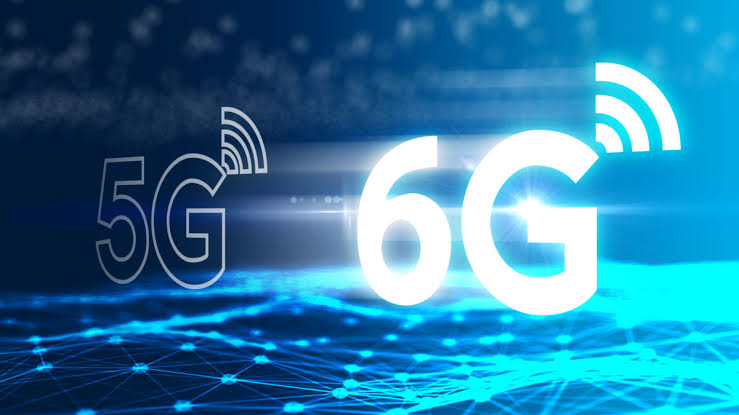Although the Fifth-Generation (5G) network is still in its early days and the full potential of the technology is far from being realised, the mobile industry is already preparing for what comes next given the typical 10-year technology cycle.
While 5G promises download speeds many times faster than current speeds offered by 4G Long Term Evolution (LTE) networks and significantly lower latency times, 6G is set to raise the bar even higher, with much faster speeds and increased bandwidth to keep consumers more connected than ever before.
According to the Global System for Mobile telecommunications Association (GSMA), there has been a flurry of announcements related to 6G in recent months, with governments and industry players outlining plans to move the concept beyond just a vision to identify use cases and roadmaps.
GSMA disclosed that the ITU-R 6G Vision Group has been tasked with defining the technology and its capabilities as the industry moves towards 6G standardisation. It added that Orange has laid out its view of future 6G use cases, including holoportation and large-scale digital twin technology.
In the Mobile Economy Report 2022 authored by GSMA, obtained by The Guardian at the weekend, the body informed that the government in China plans to prioritise development of 6G to 2025 in a bid to make 6G part of its wider digital strategy.
According to it, in North America, the Next G Alliance has started working groups on the 6G roadmap and ‘Green G’ (focused on achieving energy efficiency).
GSMA said the University of Texas has launched a 6G-research centre (6G@UT) with the support of AT&T, Samsung, Qualcomm, Nvidia and InterDigital. It added that Oppo has established a research team to conduct preliminary research on 6G technology.
The report claimed that MIT and Ericsson have entered into a research collaboration to design new hardware for 5G and 6G networks.
“It is worth mentioning that the mobile industry is currently focused on 5G deployments and use cases, despite the growing enthusiasm and commitment to 6G. Since it takes nearly a decade to move from research to commercialisation, today’s 6G discussions are timely and necessary to ensure equal opportunities and a global approach to 6G standardization and development,” GSMA noted.
GSMA, which represents the interests of mobile operators worldwide, uniting over 750 operators with nearly 400 companies in the broader mobile ecosystem, said 5G has become mainstream in many pioneer markets (notably China, South Korea and the US) and is making considerable progress elsewhere.
According to it, at the end of 2021, 176 mobile operators in 70 markets around the world had launched commercial 5G services. This includes 68 operators that offer 5G fixed wireless access (FWA) services. The body noted that 5G adoption is also rising and will reach double-digit figures this year, on average.
“Momentum has been boosted by a number of factors, including the economic recovery from the pandemic, rising 5G handset sales, network coverage expansions and overall marketing efforts. For example, Samsung has revealed that it expects 5G smartphones to account for more than half of all smartphone sales in its portfolio in 2022,” it stated.
GSMA said a new wave of 5G rollouts in large markets with modest income levels (such as Brazil, Indonesia and India) could further incentivise the mass production of more affordable 5G devices to cater to consumers in lower-income brackets. It noted that this could also drive the development of new 5G applications for consumers and enterprises in emerging markets.
The telecoms association said this is significant given that the majority of 5G applications and use cases to date have been focused on more advanced markets.
Meanwhile, GSMA said the average retail price for a 5G phone has now fallen below $500, with devices under $150 available from some vendors, such as Realme. “This bodes well for 5G adoption in less wealthy markets and opens the door to innovative services built around the technology,” it stressed.

